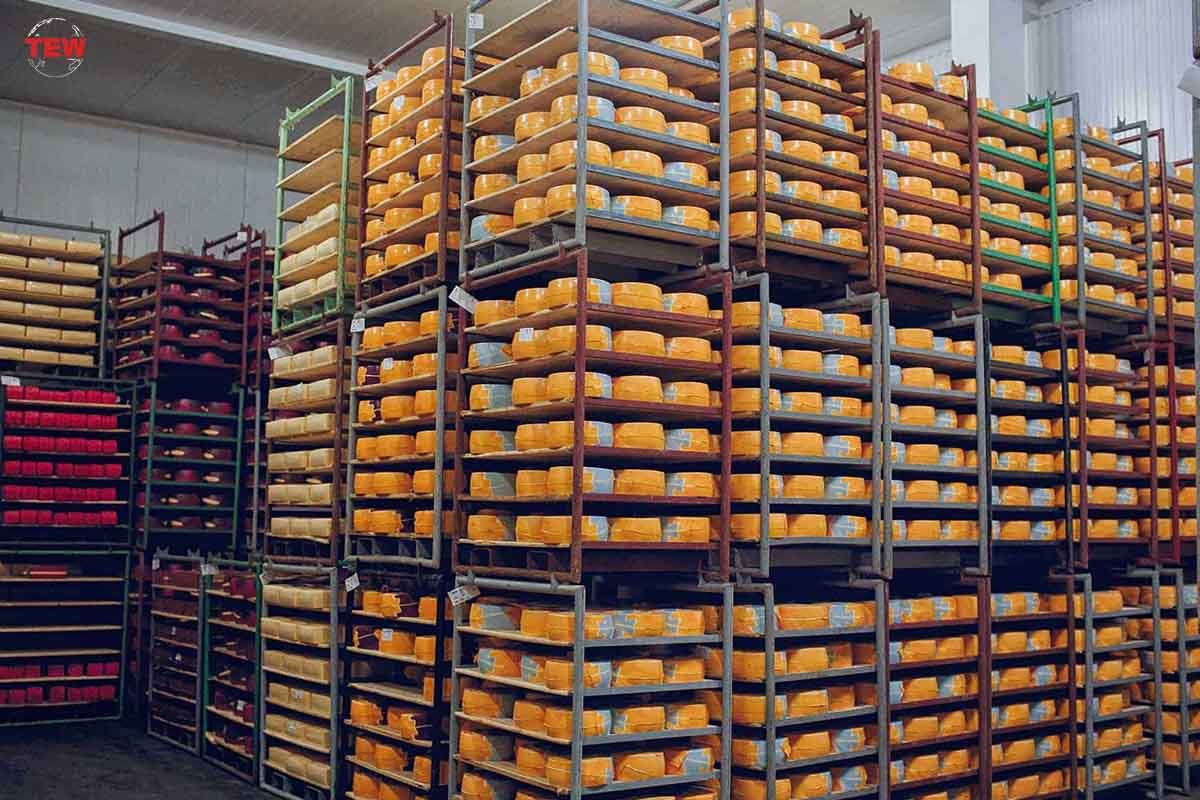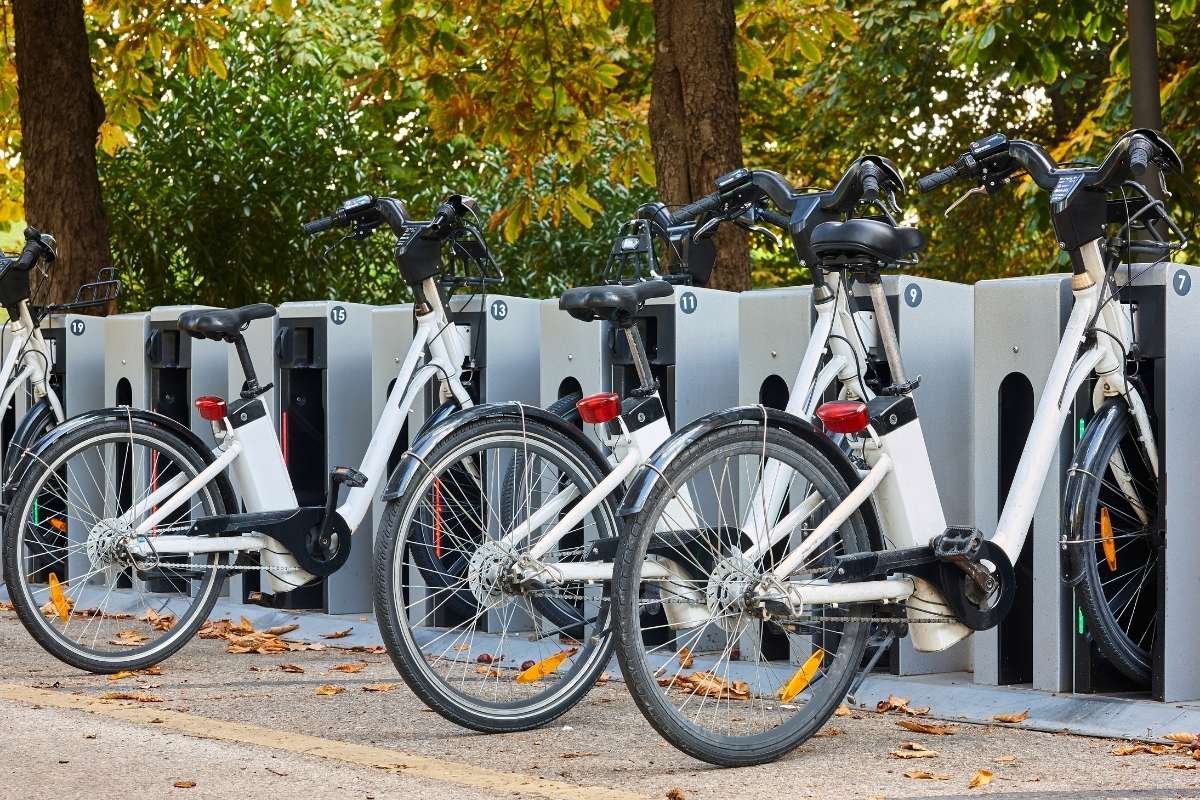Efficiency is the heartbeat of a successful warehouse operation. As businesses strive to meet the increasing demands of speed, accuracy, and cost-effectiveness in logistics, the adoption of innovative storage solutions has become critical. Automated vertical storage systems stand out as a transformative solution, offering a way to significantly enhance warehouse operations by optimizing space and improving retrieval times.
The Need for Efficiency in Modern Warehousing
Warehouses face continuous pressure to store more products in less space while ensuring goods are accessible quickly and safely. Traditional horizontal storage often falls short in meeting these demands, leading to wasted space and inefficiencies in inventory management. The drive for efficiency is not just about saving space; it’s about redefining how space is used to achieve faster, more accurate operations.
Comparing Vertical to Traditional Storage Methods

Traditional storage methods, while familiar, typically require more floor space and manual labor, which can lead to increased errors and slower retrieval times. In contrast, automated vertical storage systems use vertical space efficiently, storing items up to the ceiling and reducing the footprint by as much as 85%. These systems deliver items directly to the operator, cutting down walk and search time, and significantly speeding up the retrieval process.
Implementation Challenges and Solutions
Implementing automated vertical storage systems comes with its set of challenges, including the initial investment, adapting existing workflows, and training staff. However, these challenges are surmountable. Solutions include phased implementation strategies, selecting systems with intuitive user interfaces for easier staff adaptation, and working with vendors that offer comprehensive training and support.
Cost-Benefit Analysis of Automated Vertical Storage Investment
Investing in Vertical Storage Systems requires a detailed analysis of costs and benefits. The initial cost, often perceived as high, is offset by long-term savings in space, labor, and error reduction. These systems enhance inventory accuracy, leading to better stock control and reduced overstocking or stockouts. Businesses find that the increase in efficiency can lead to a return on investment within just 18 to 24 months. Moreover, the space saved can be used for additional revenue-generating activities, further justifying the investment. Analyzing these factors is crucial for businesses to understand the value that Vertical Storage Systems bring to their operations.
The Future of Warehouse Efficiency: Trends and Predictions

The future of warehouse efficiency looks promising, with technology playing a pivotal role. Trends include the integration of IoT devices for real-time inventory tracking, the use of AI for predictive analytics in stock management, and the development of more energy-efficient systems. These advancements promise to further elevate the capabilities of automated vertical storage systems, making them even more integral to warehouse operations.
Navigating the Selection Process: Tips for Choosing the Right System
Choosing the right automated vertical storage system is pivotal. Businesses should consider factors such as storage density, the type of goods being stored, integration with existing warehouse management systems, and scalability. It’s essential to select a system that not only meets current needs but can adapt to future growth and technological advancements.
Conclusion: Embracing the Vertical Advantage
The rise of automated vertical storage is a testament to the evolving needs and solutions within warehouse management. By embracing these systems, businesses can achieve unprecedented levels of efficiency and productivity. As we look to the future, the importance of adopting and adapting to innovative storage solutions will continue to grow, making the vertical advantage more prominent than ever in the quest for operational excellence.






